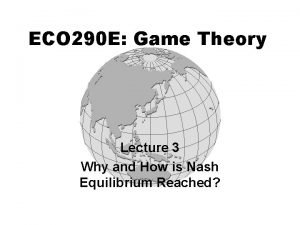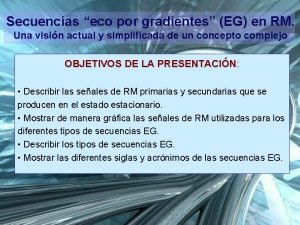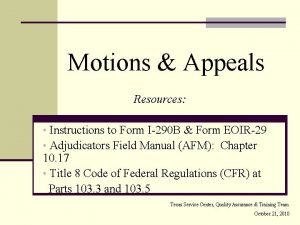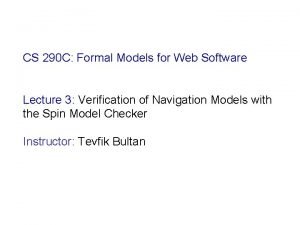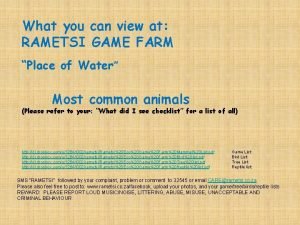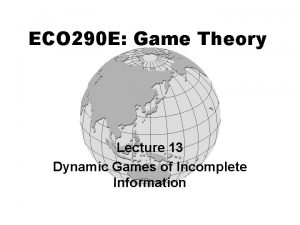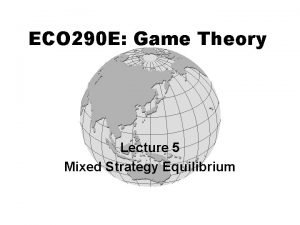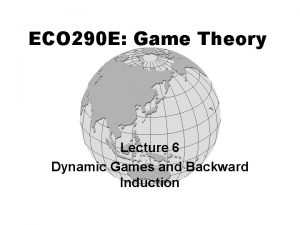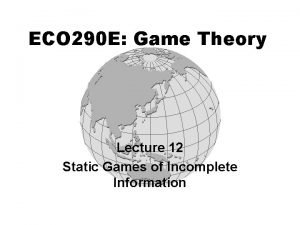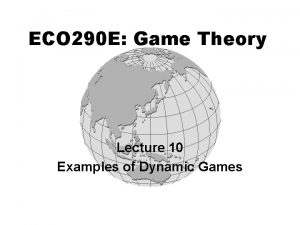ECO 290 E Game Theory Lecture 8 Games








- Slides: 8

ECO 290 E: Game Theory Lecture 8 Games in Extensive-Form

Review of Midterm • The definition of NE. • Dominated strategy and NE. • How to solve “Rock-Paper-Scissors” game.

Definition of NE • A Nash equilibrium is a combination of strategies, denoted as s*, which satisfies the following condition: • A Nash equilibrium is neither a strategy nor a combination or payoffs.

Dominated strategy and NE • If iterated elimination of strictly dominated strategies eliminates all but one combination of strategies, denoted as s, then s becomes the unique NE of the game. • If a combination of strategies s is a NE, then s survives iterated elimination of strictly dominated strategies.

Review of Lecture 6 Monopolis Price War t Entrant In Accommodat e -1 -1 Out 1 1 4 0 • There are two NE: (In, A) and (Out, PW) • (Out, PW) relies on a non-credible threat.

Lessons • Dynamic games often have multiple Nash equilibria, and some of them do not seem plausible since they rely on non-credible threats. • By solving games from the back to the forward, we can erase those implausible equilibria. Þ Backward Induction • This idea will lead us to the refinement of NE, the subgame perfect Nash equilibrium.

Extensive Form Games The extensive-form representation of a game specifies the following 5 elements: • The players in the game • When each player has the move • What each player can do at each of her opportunities to move • What each player knows at ---. • The payoff received by each player for each combination of moves that could be chosen by the players.

Normal-Form Representation • Every dynamic game generates a single normal-form representation. 1 2 (L’, L’) (L’, R’) (R’, L’) (R’, R’) L 3, 1 1, 2 R 2, 1 0, 0 • A strategy for a player is a complete plan of actions specifying a feasible action for the player in every contingency.
